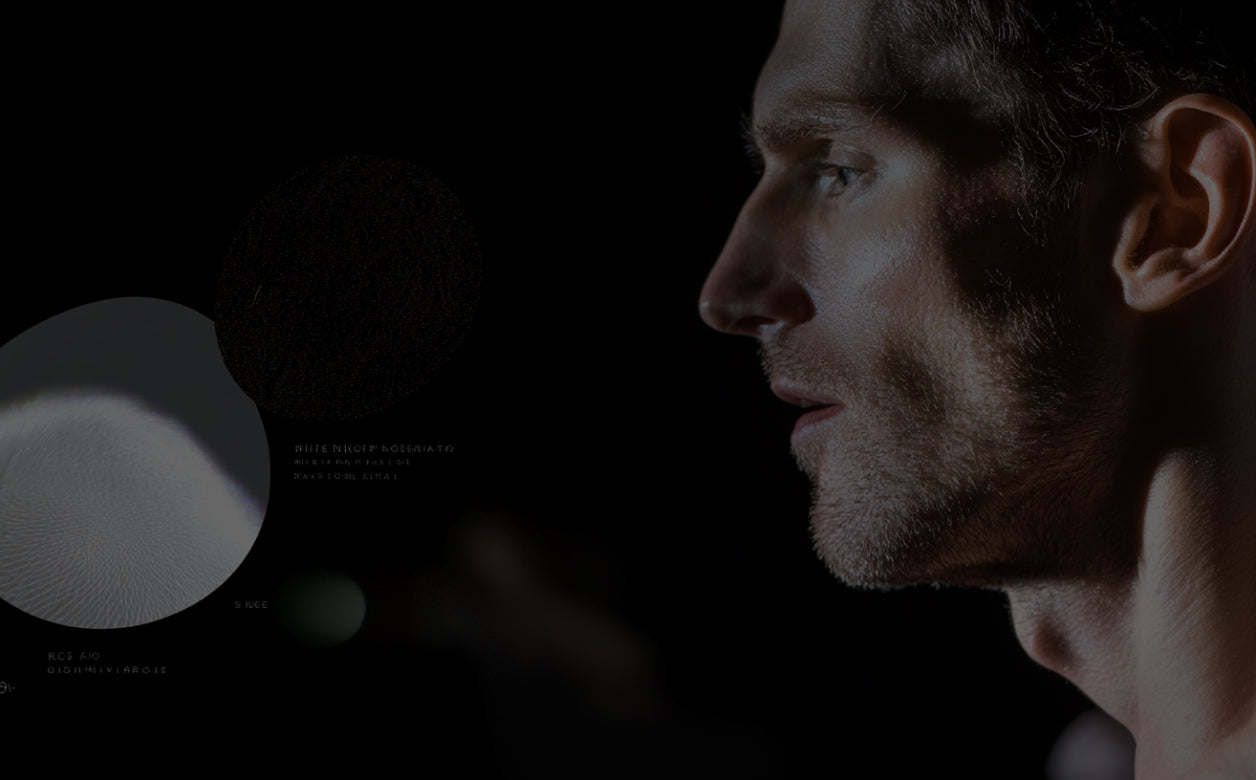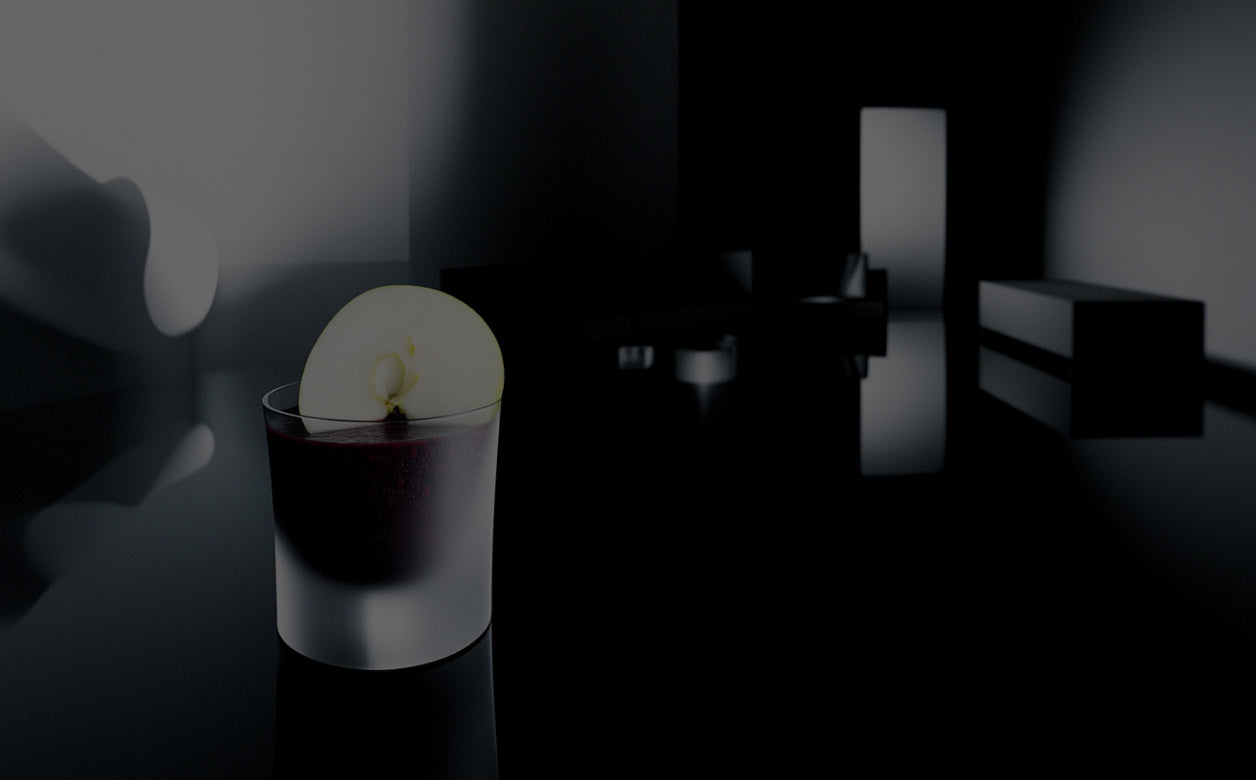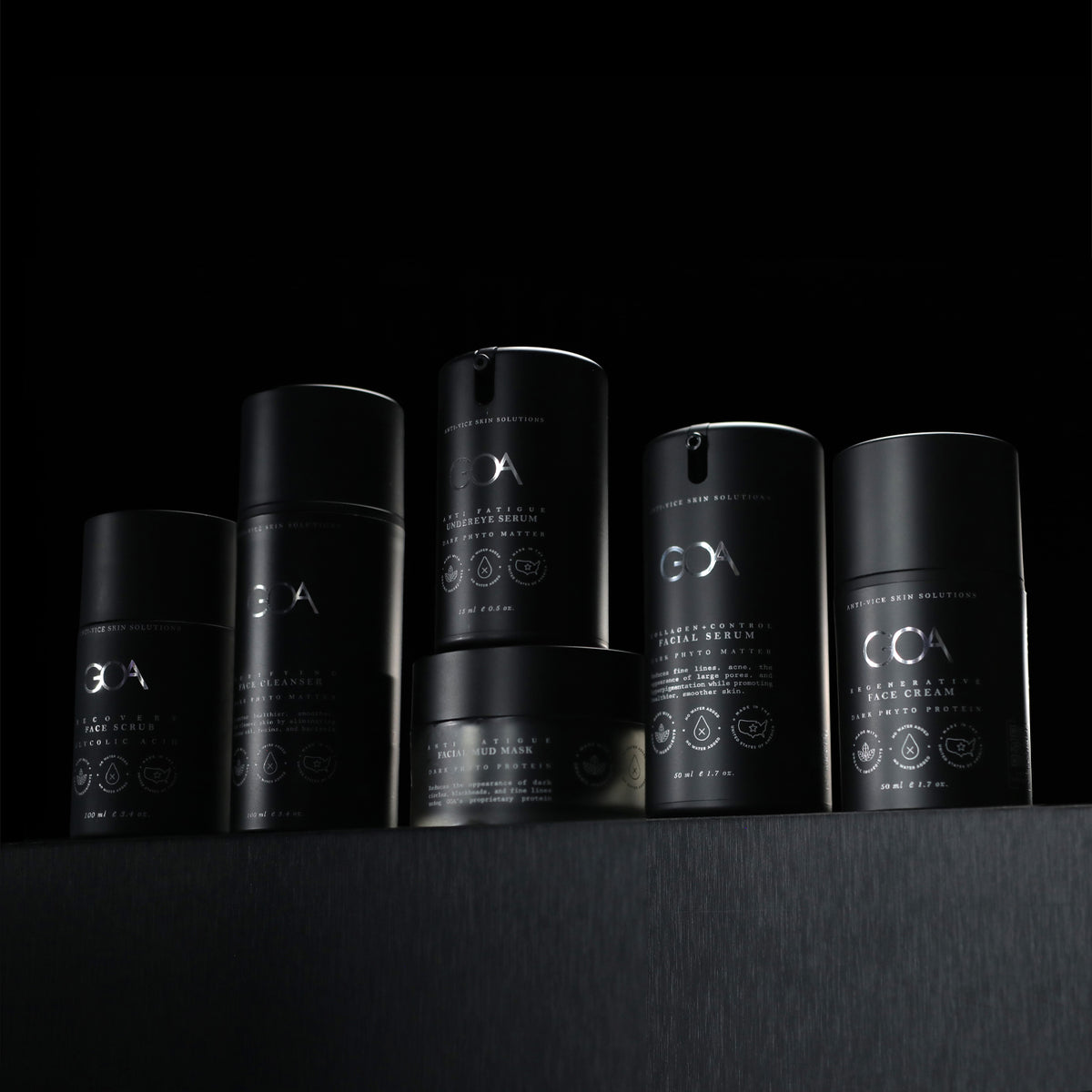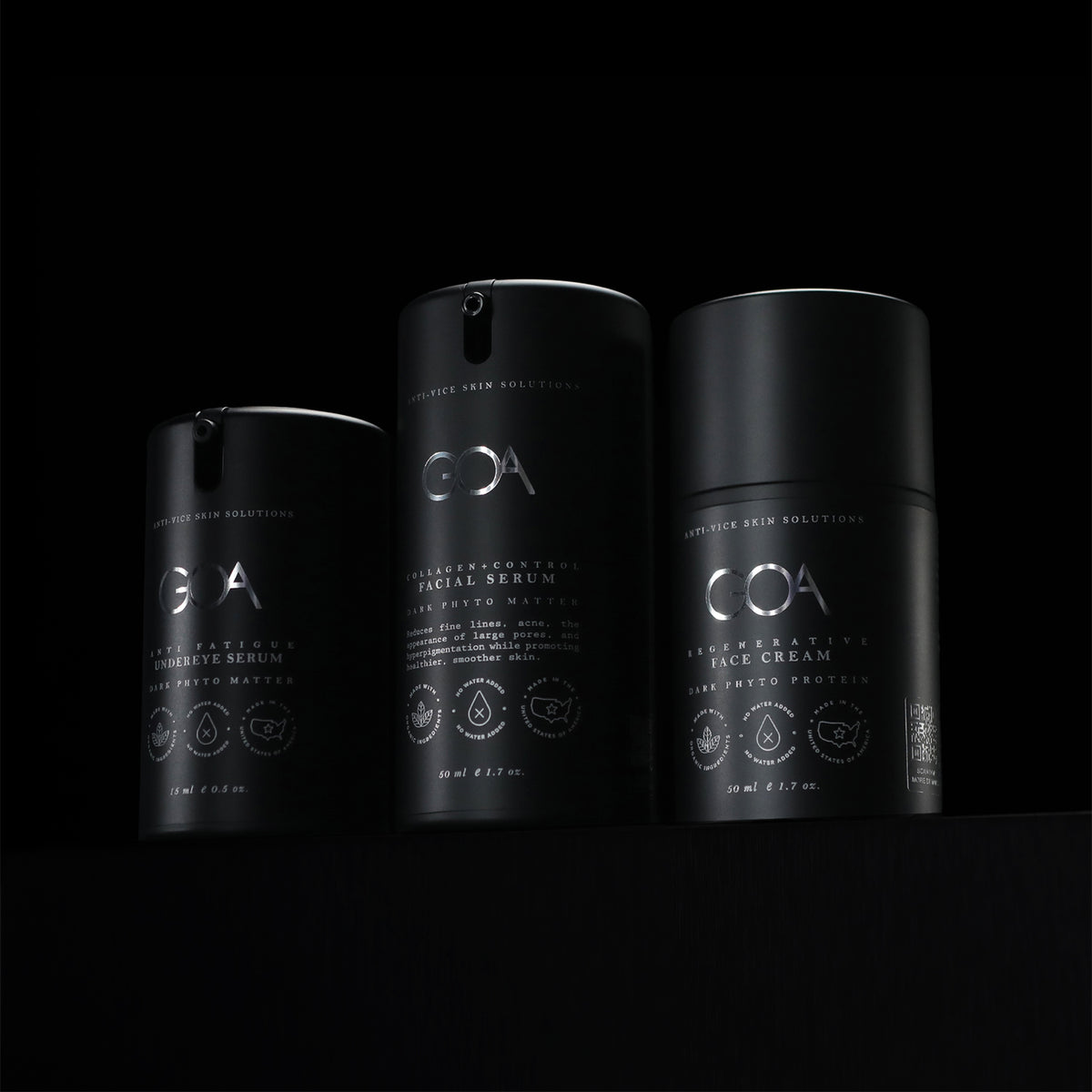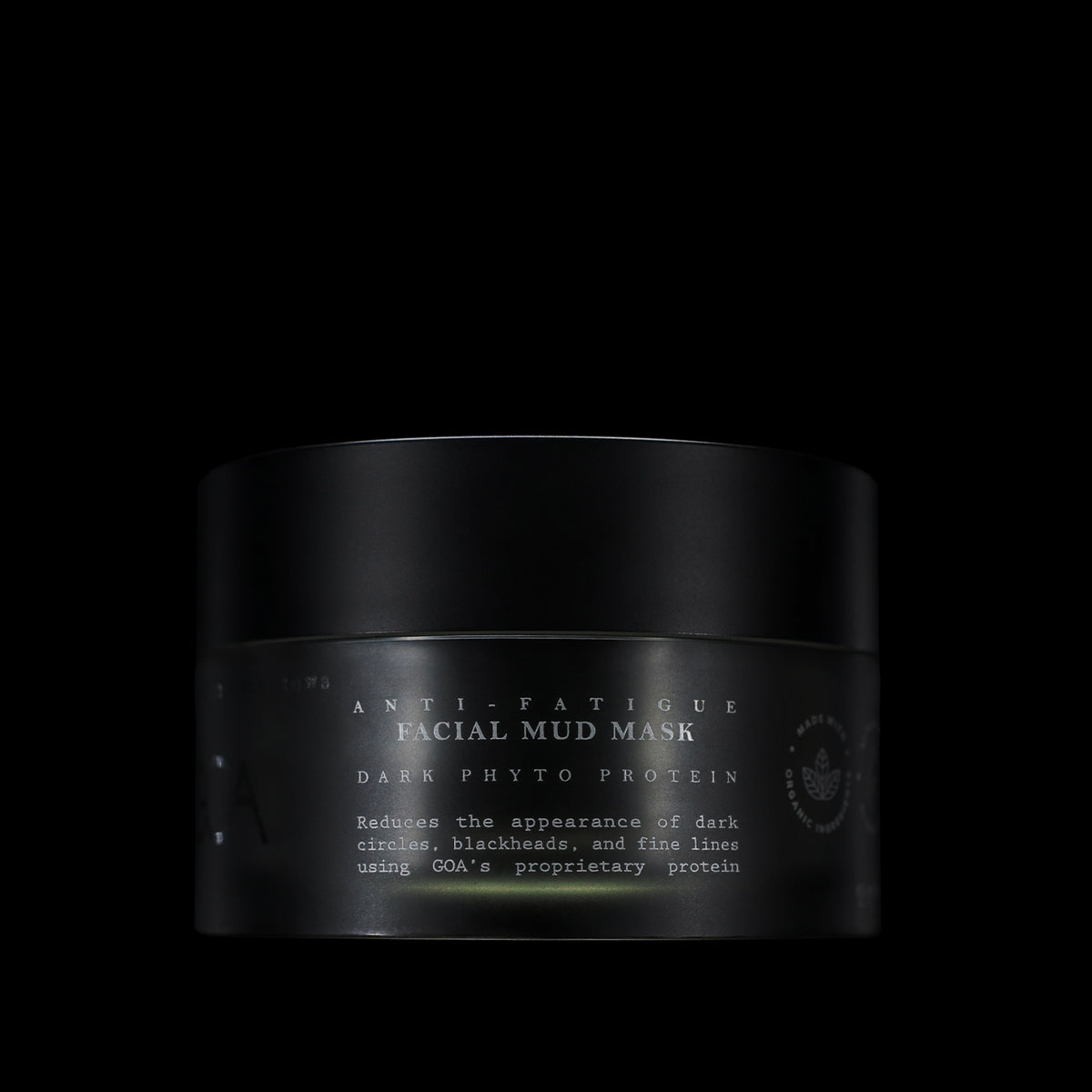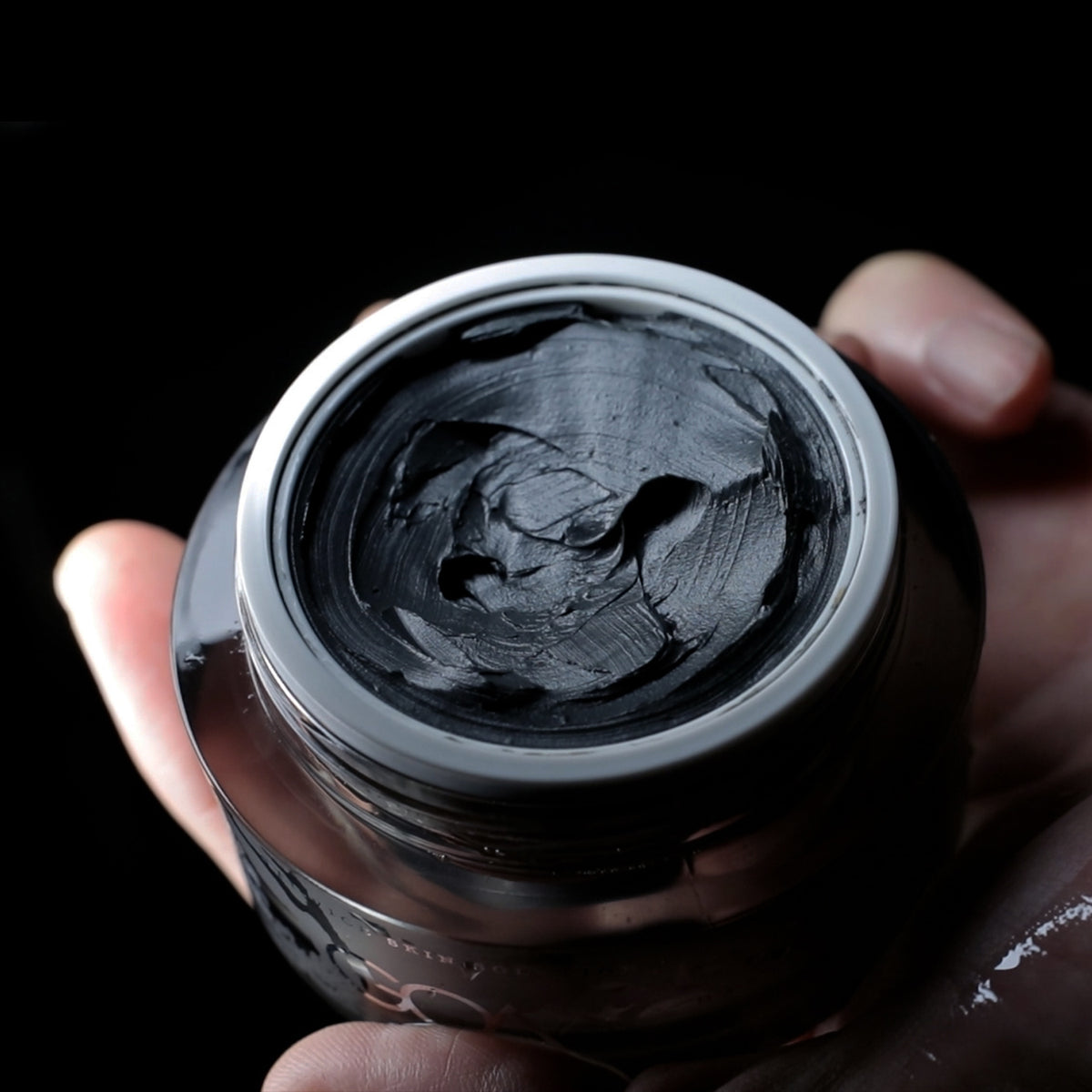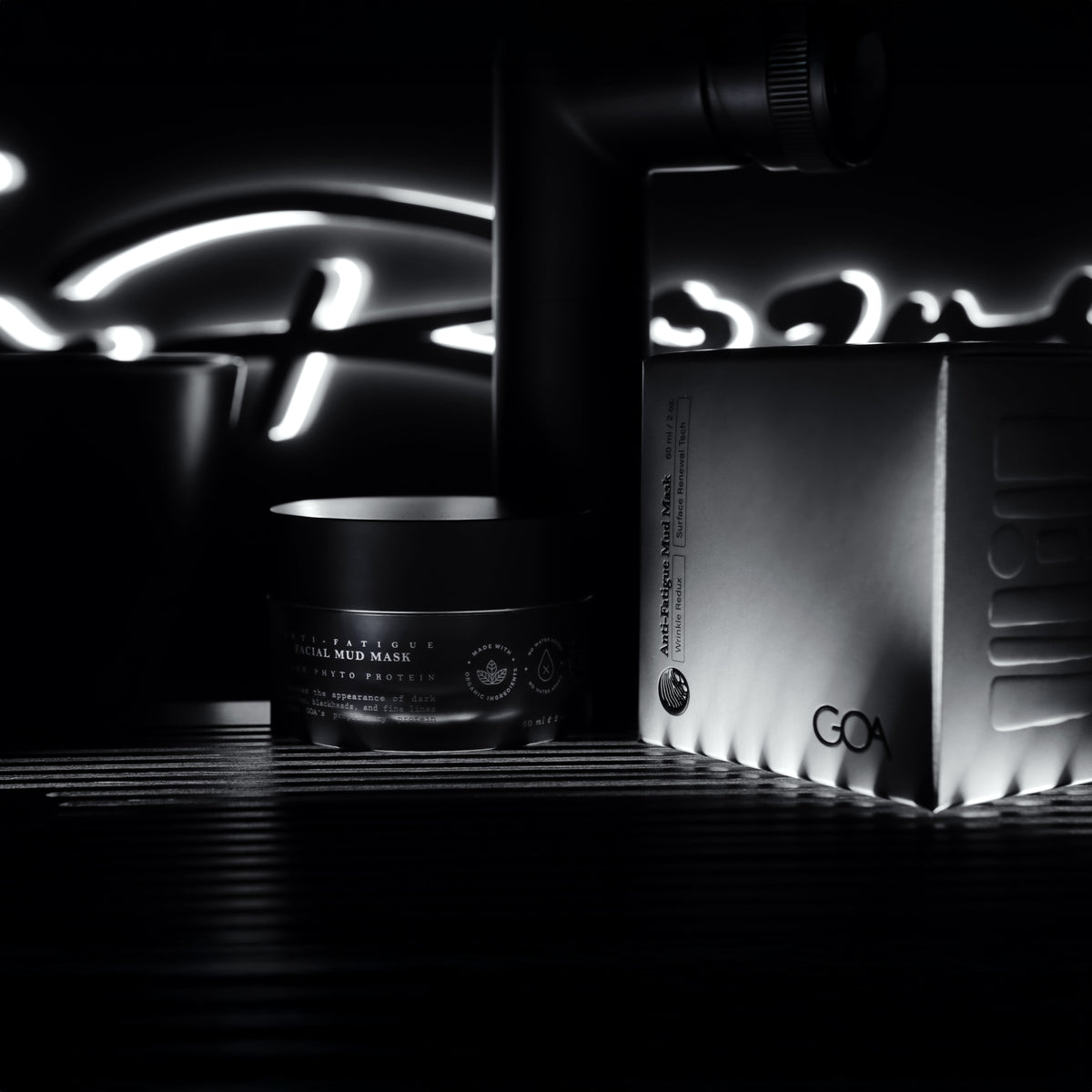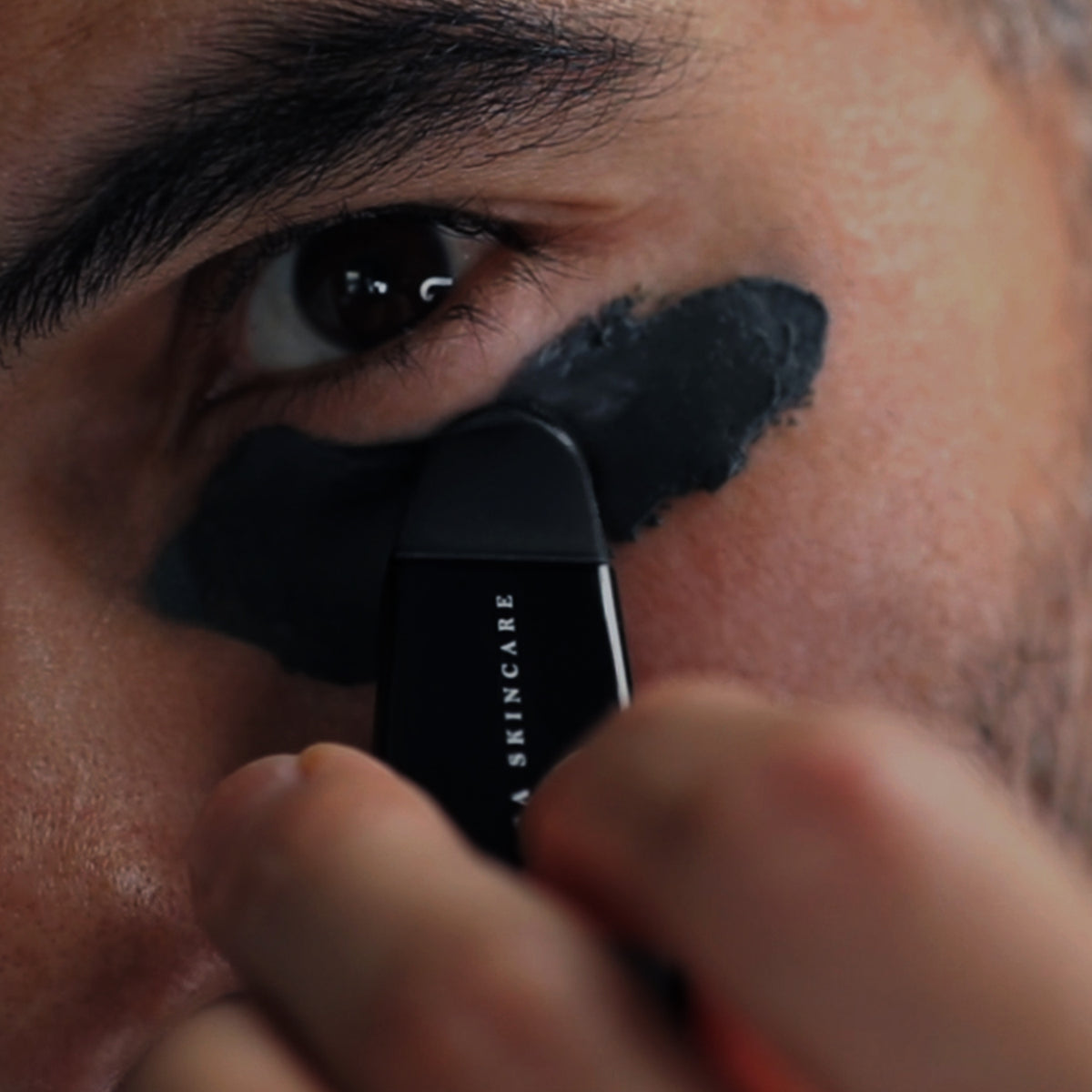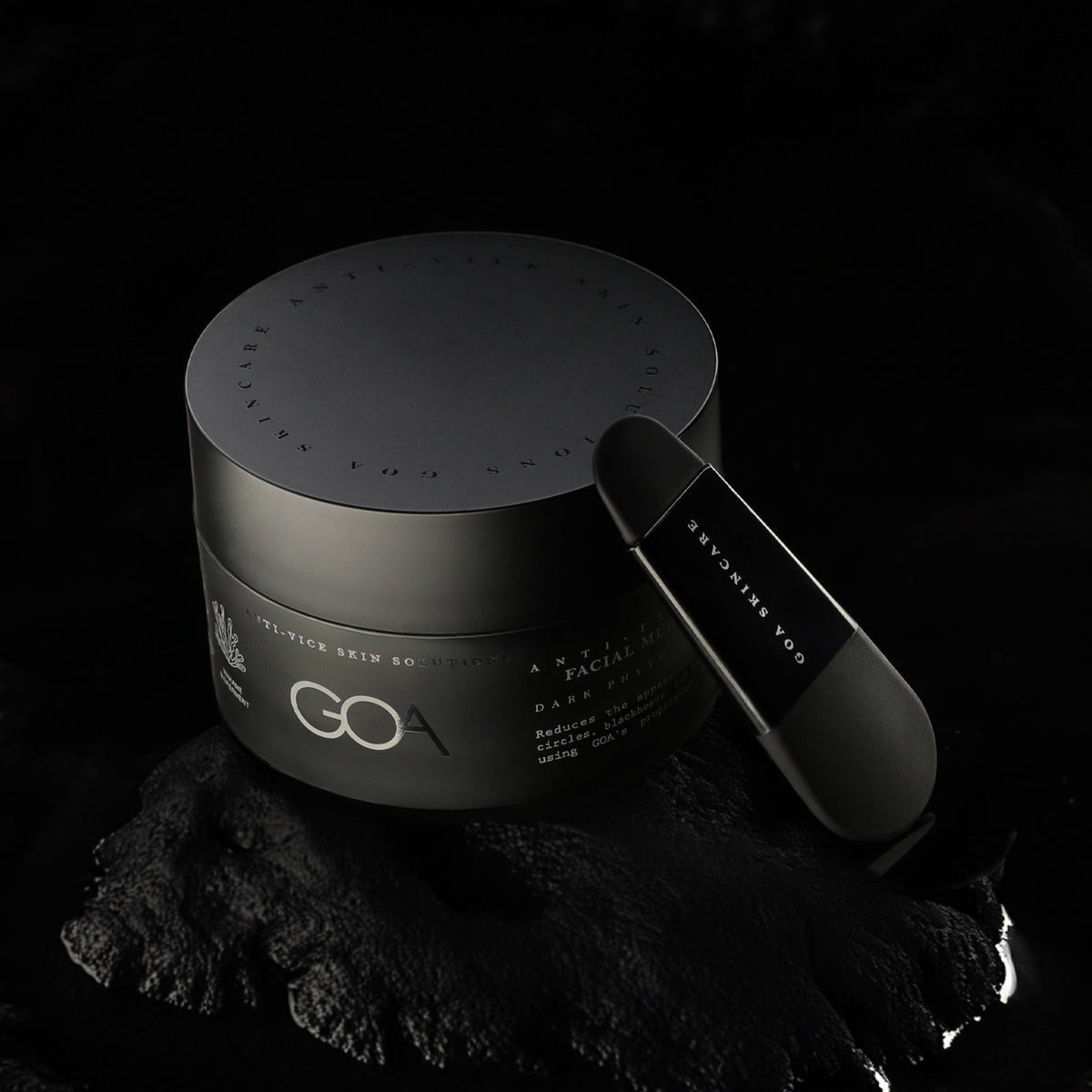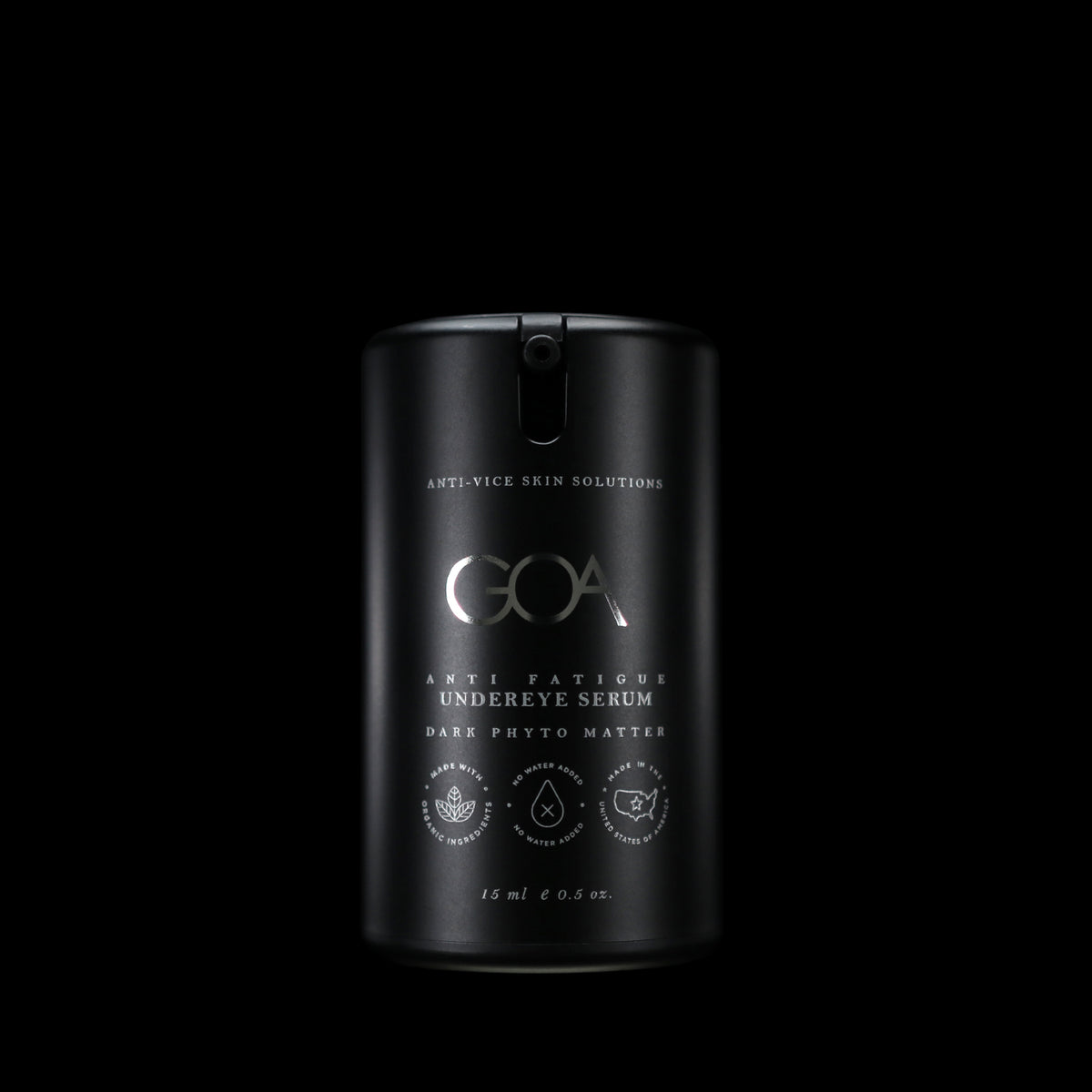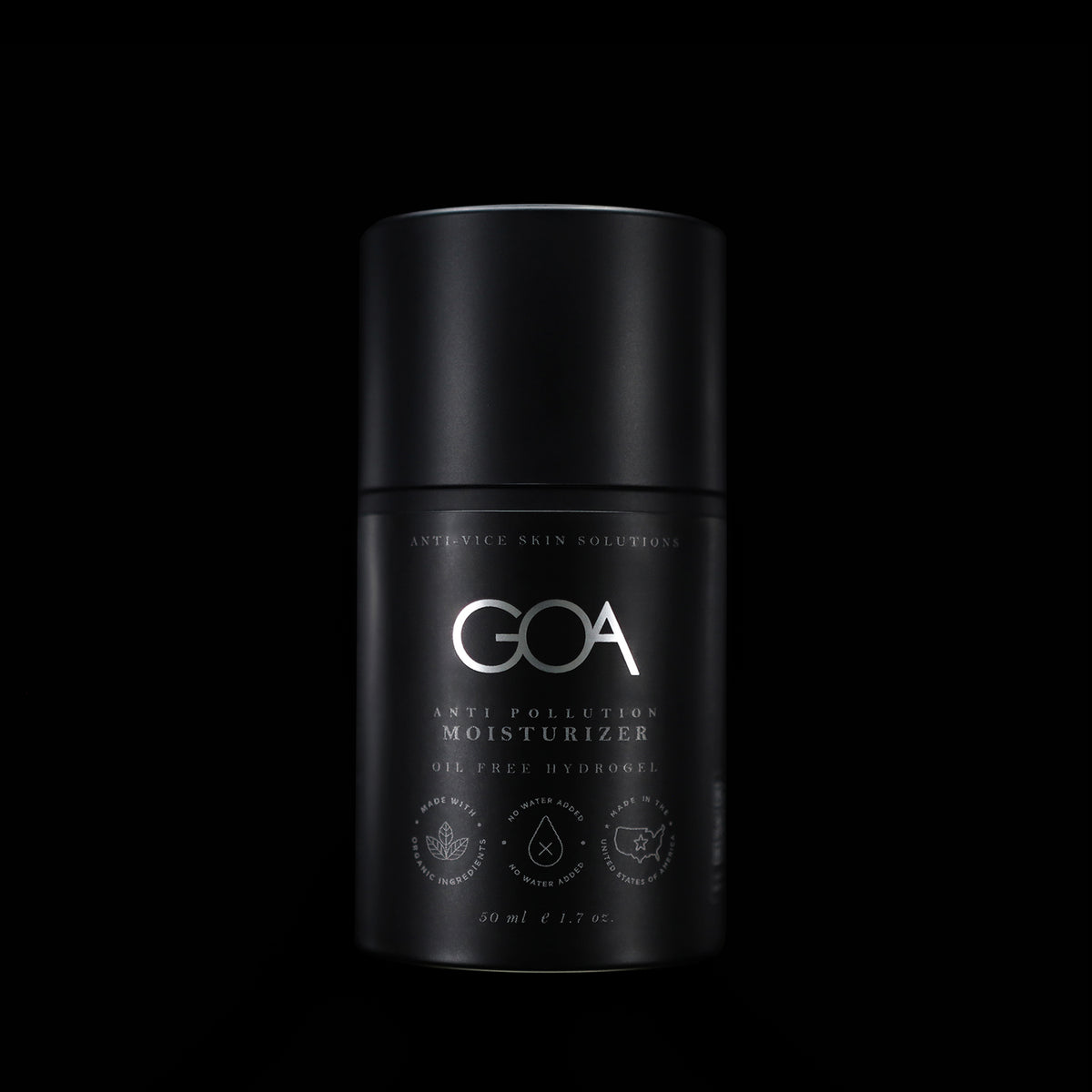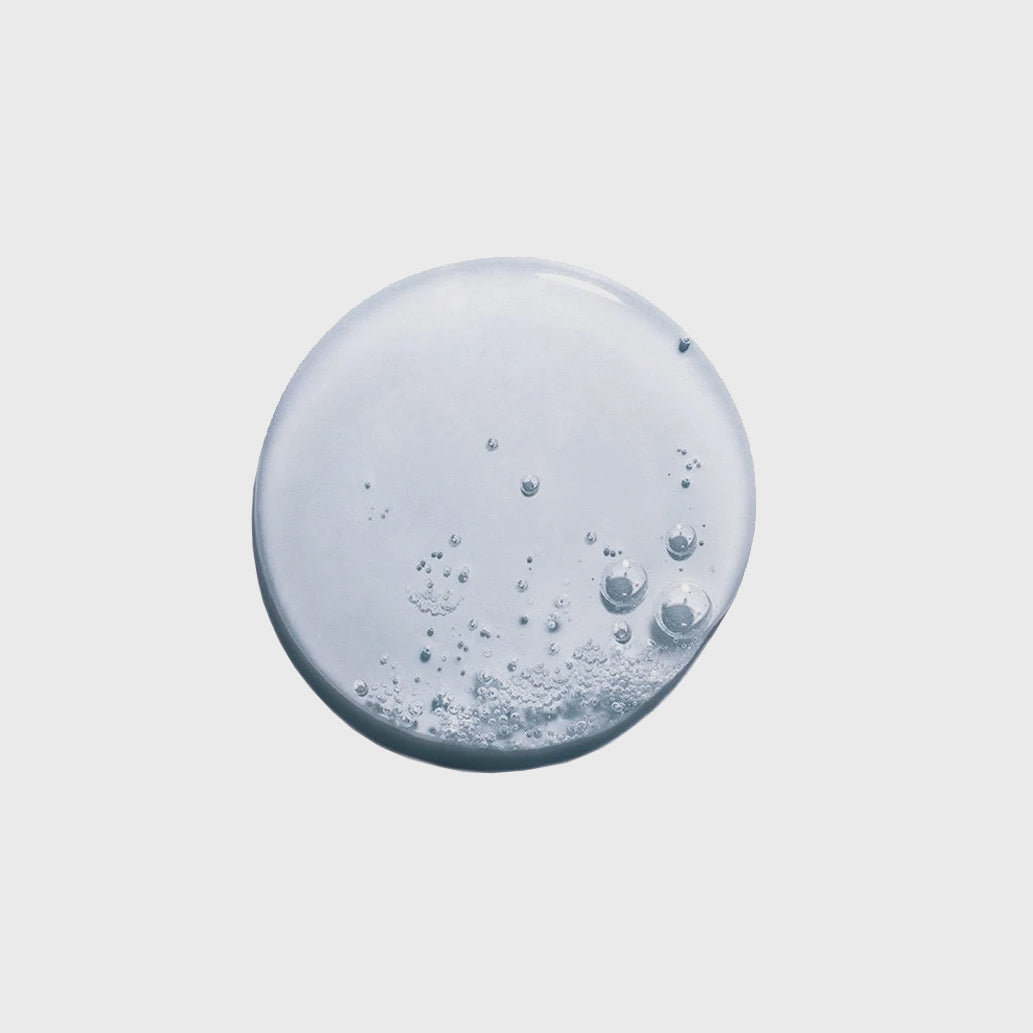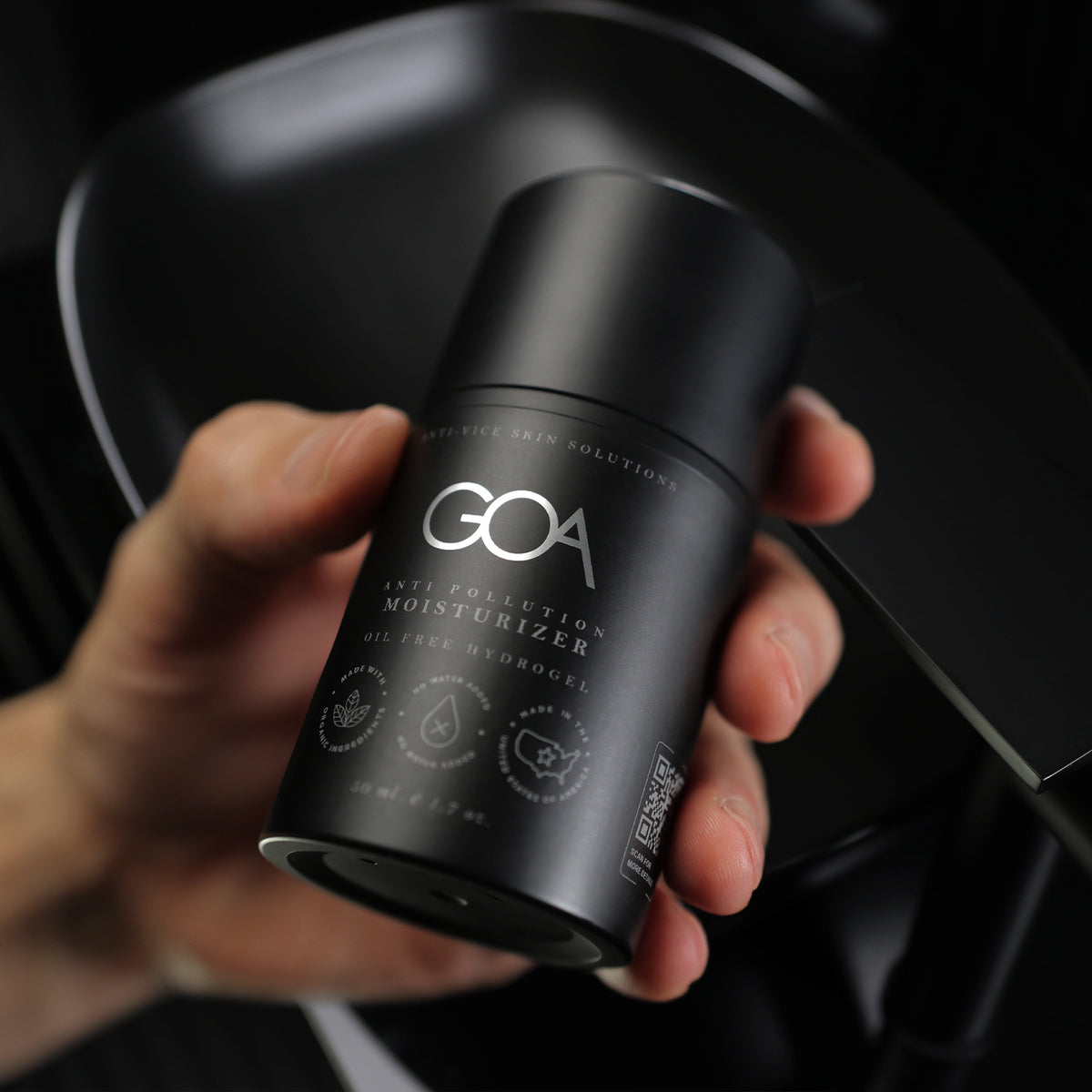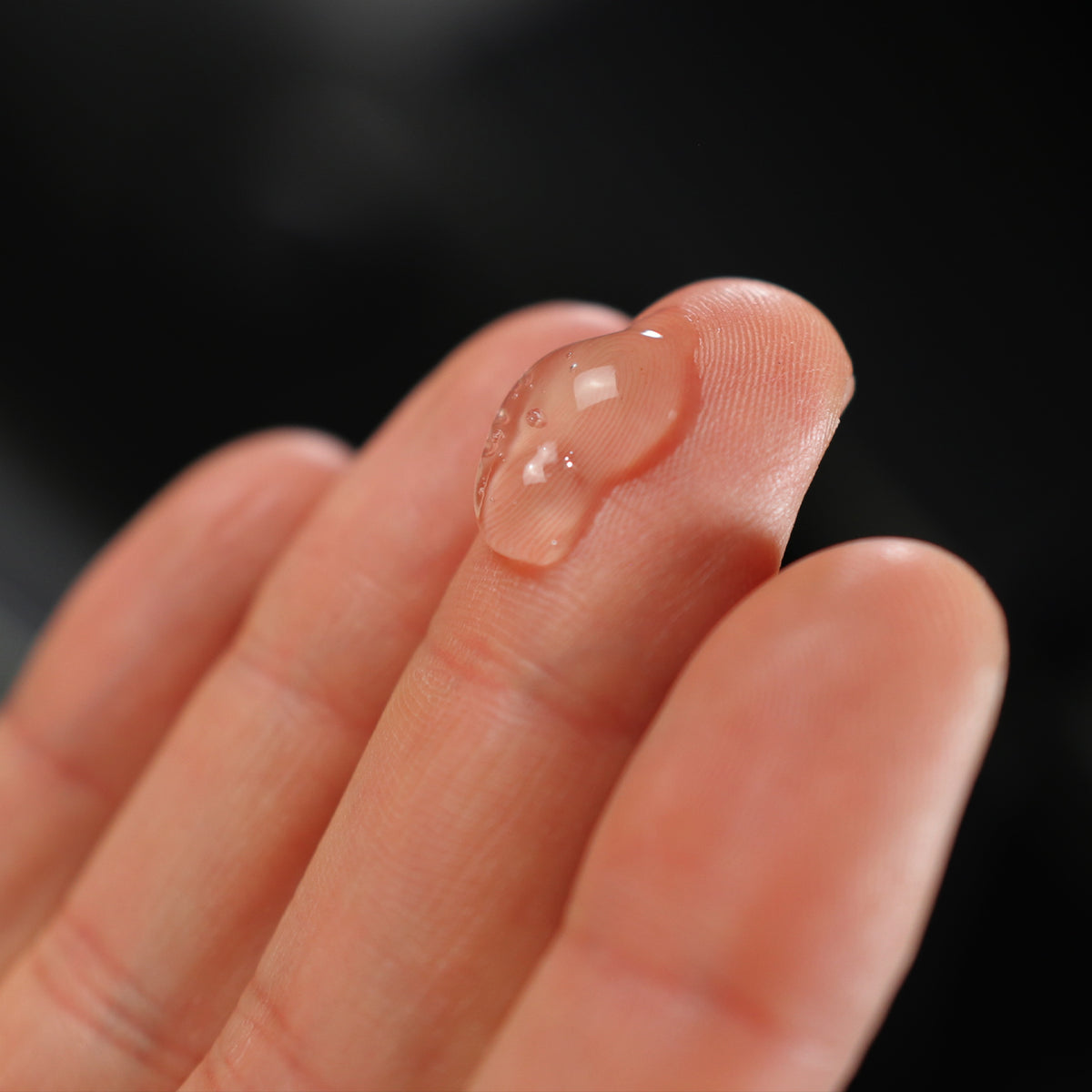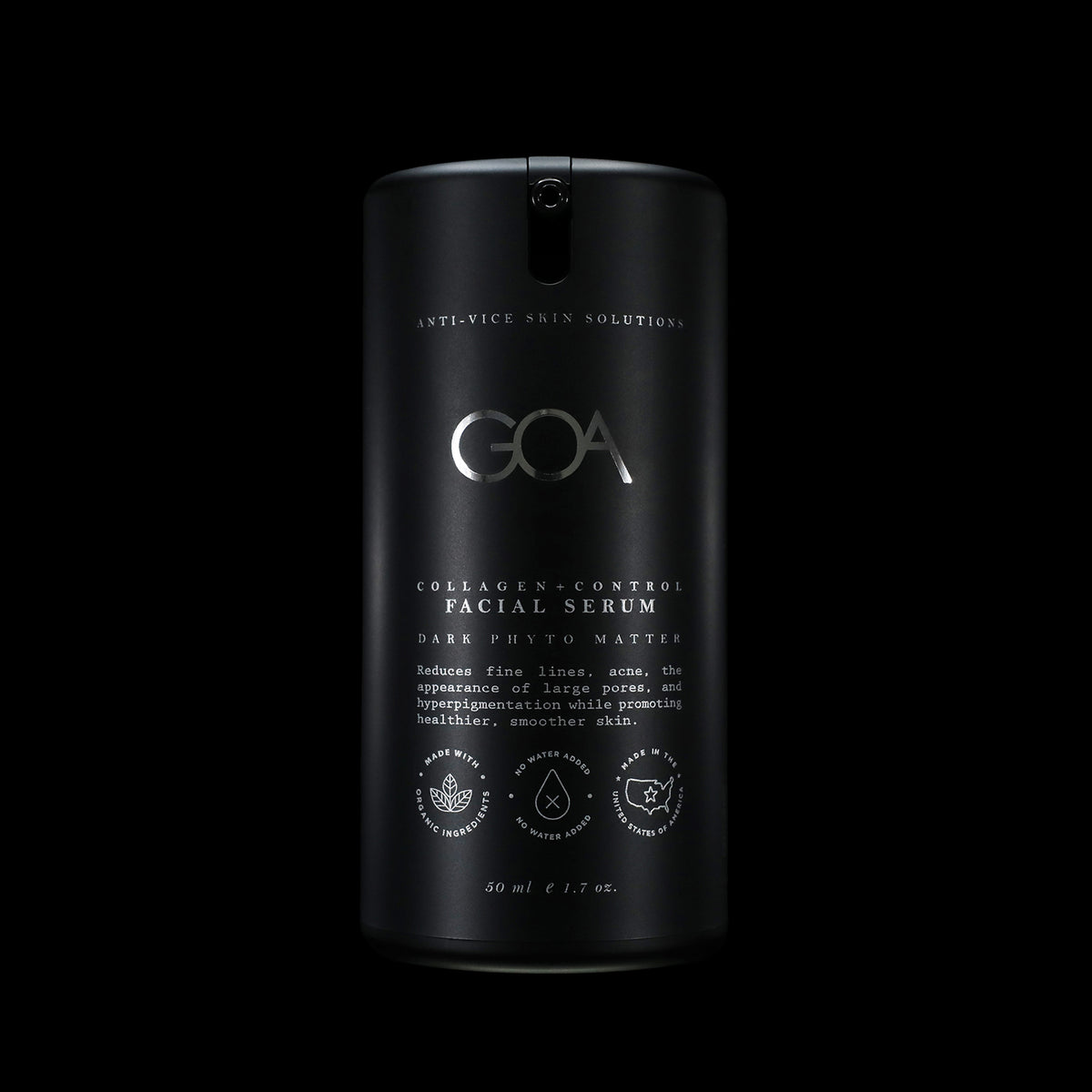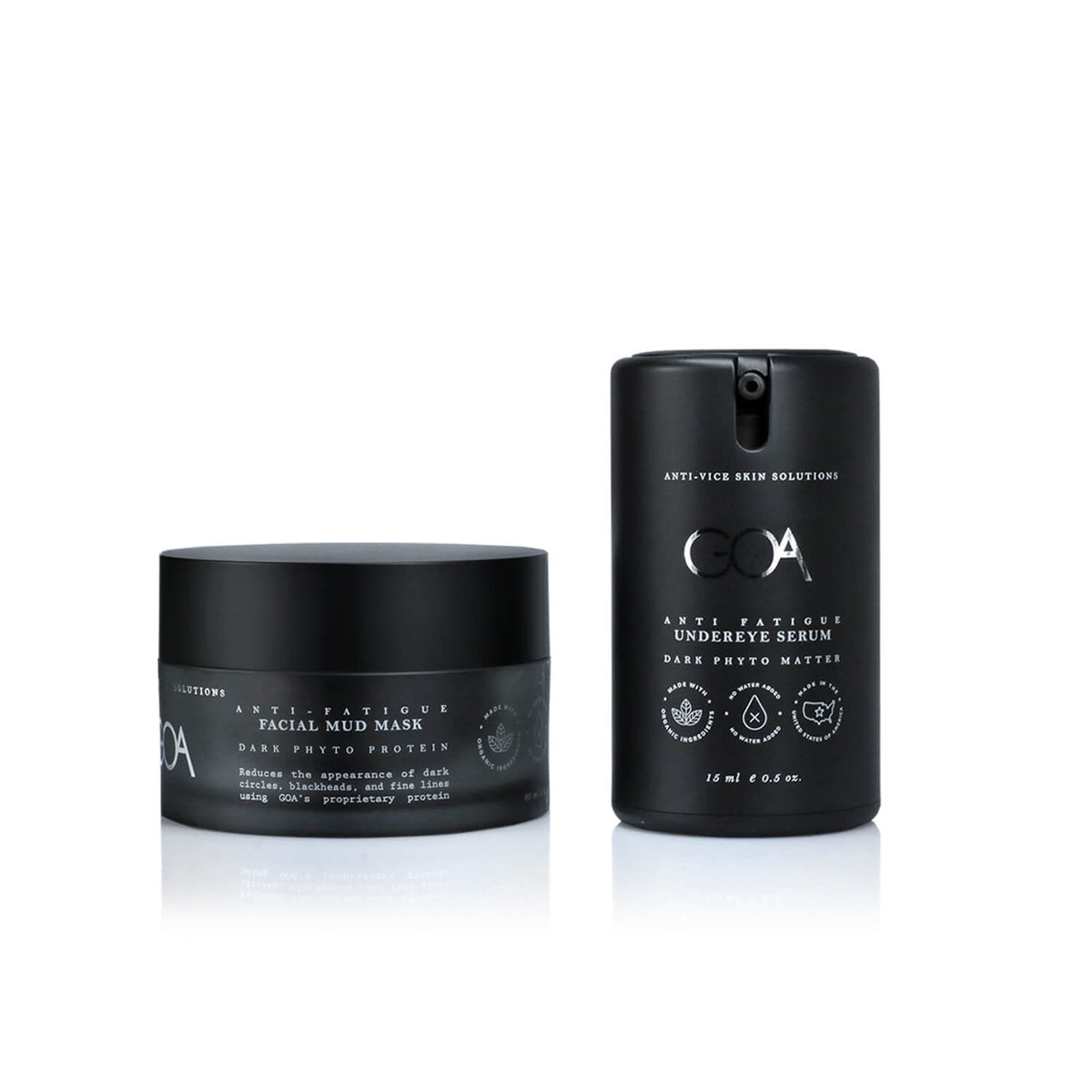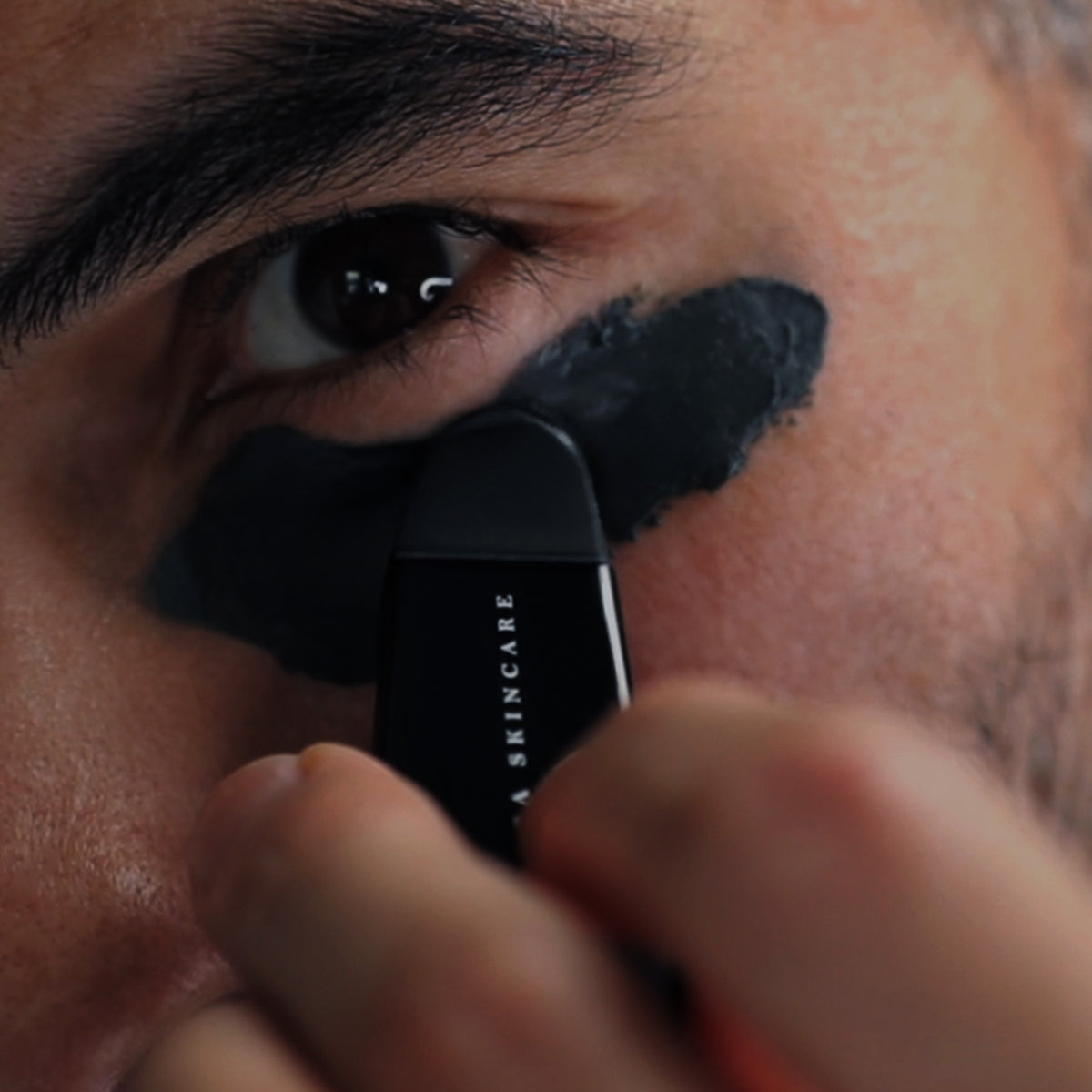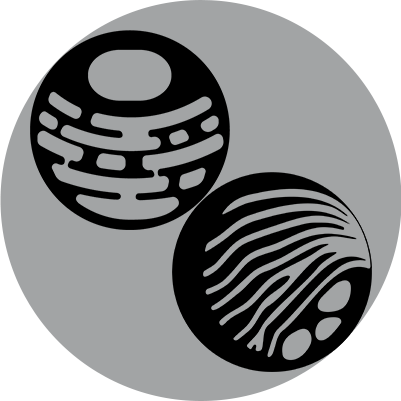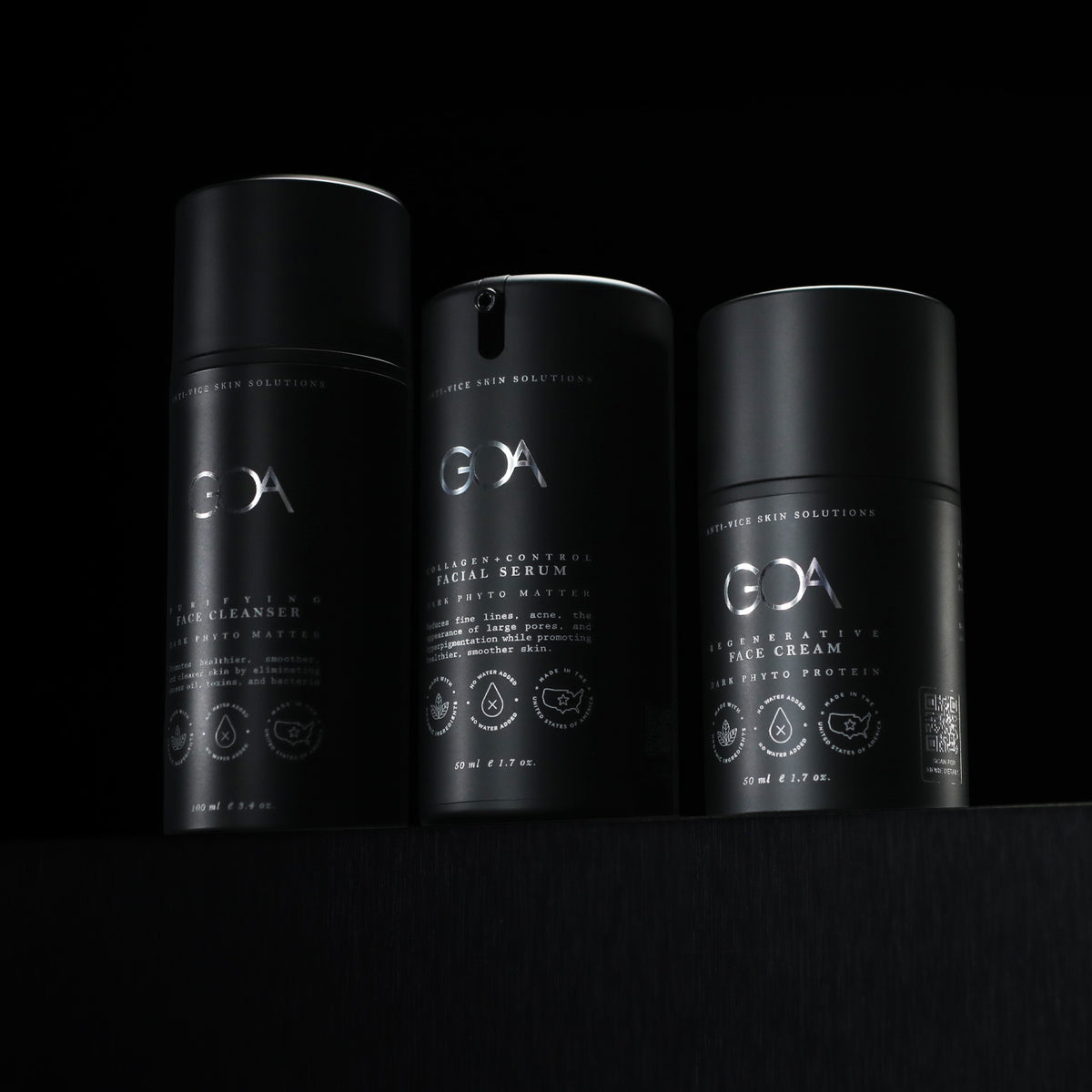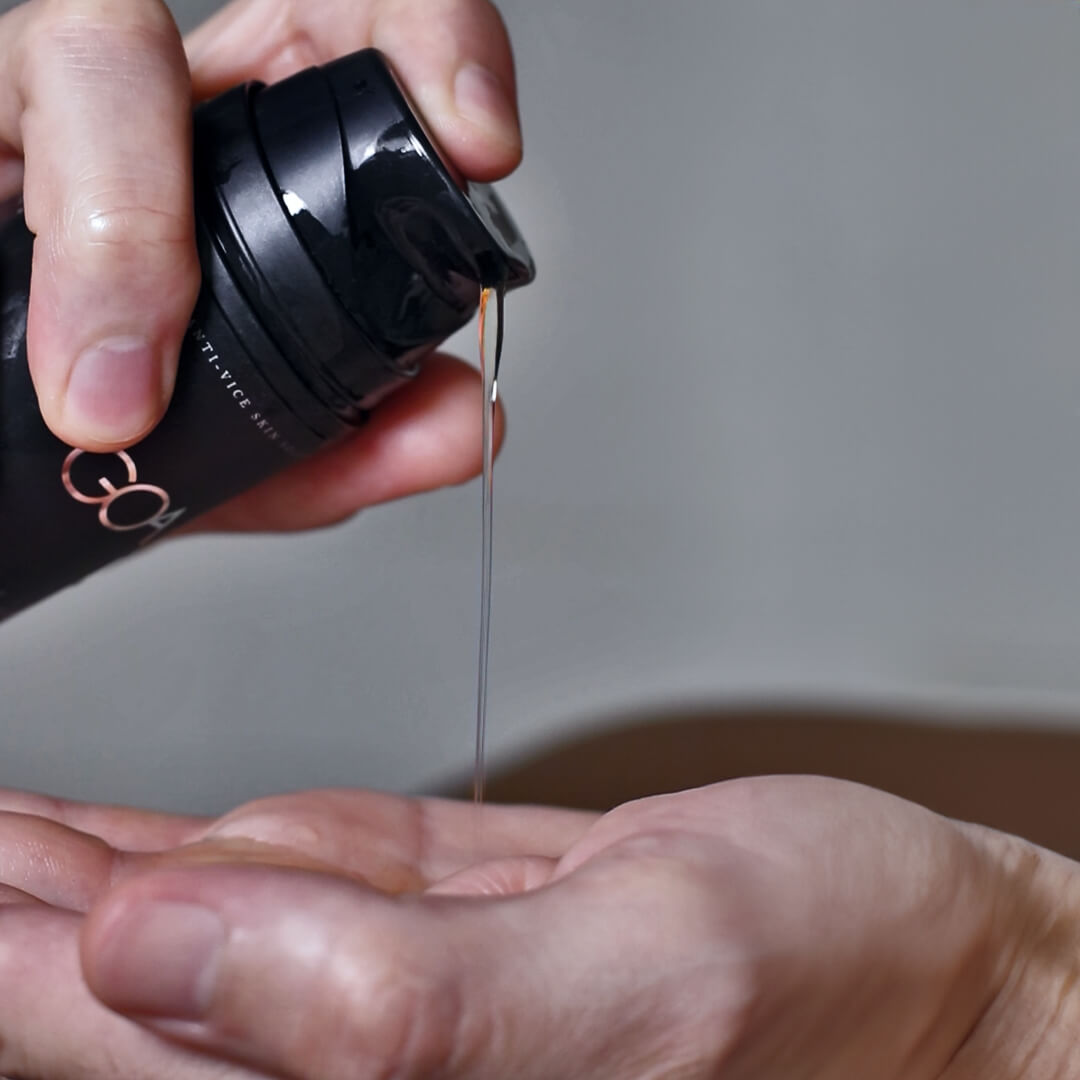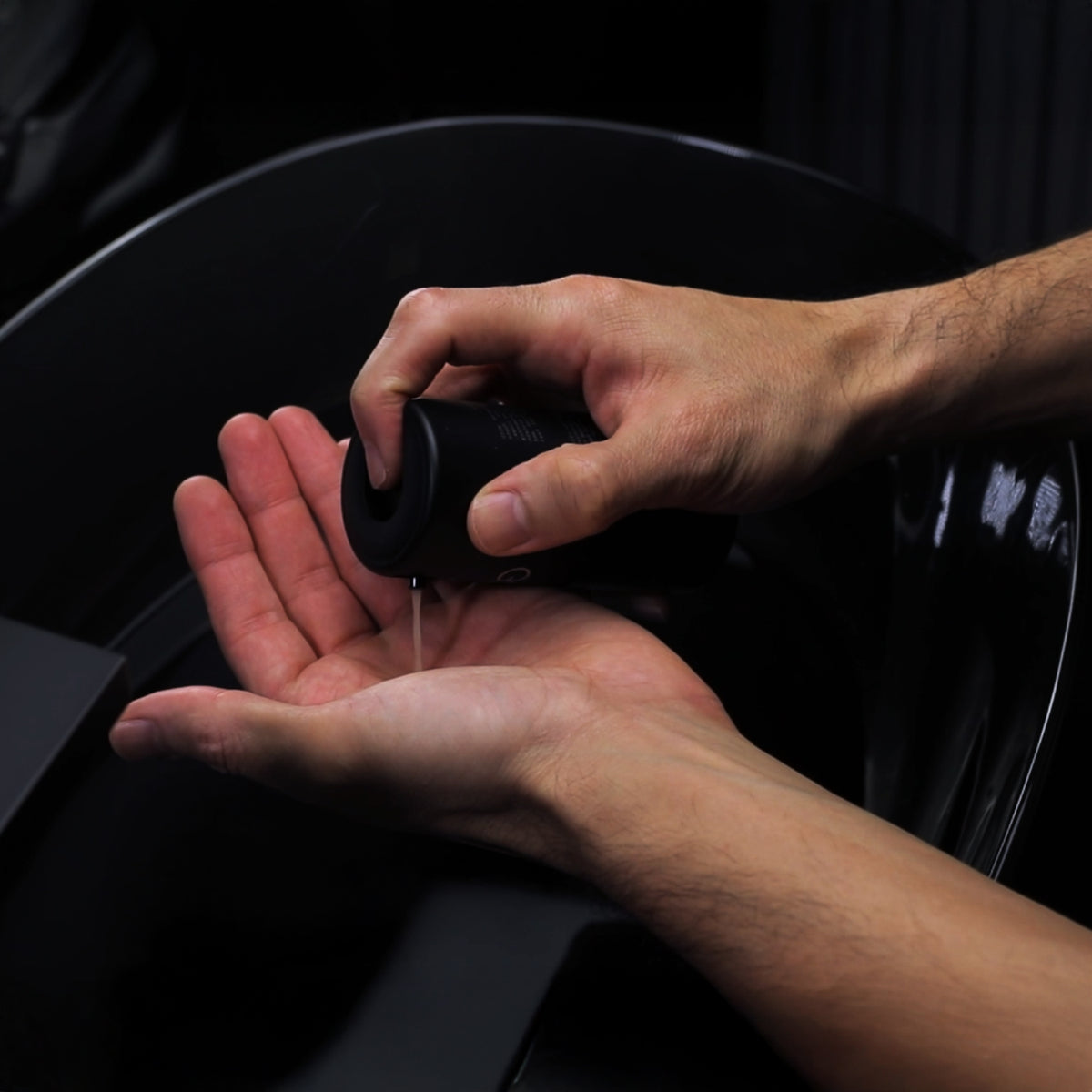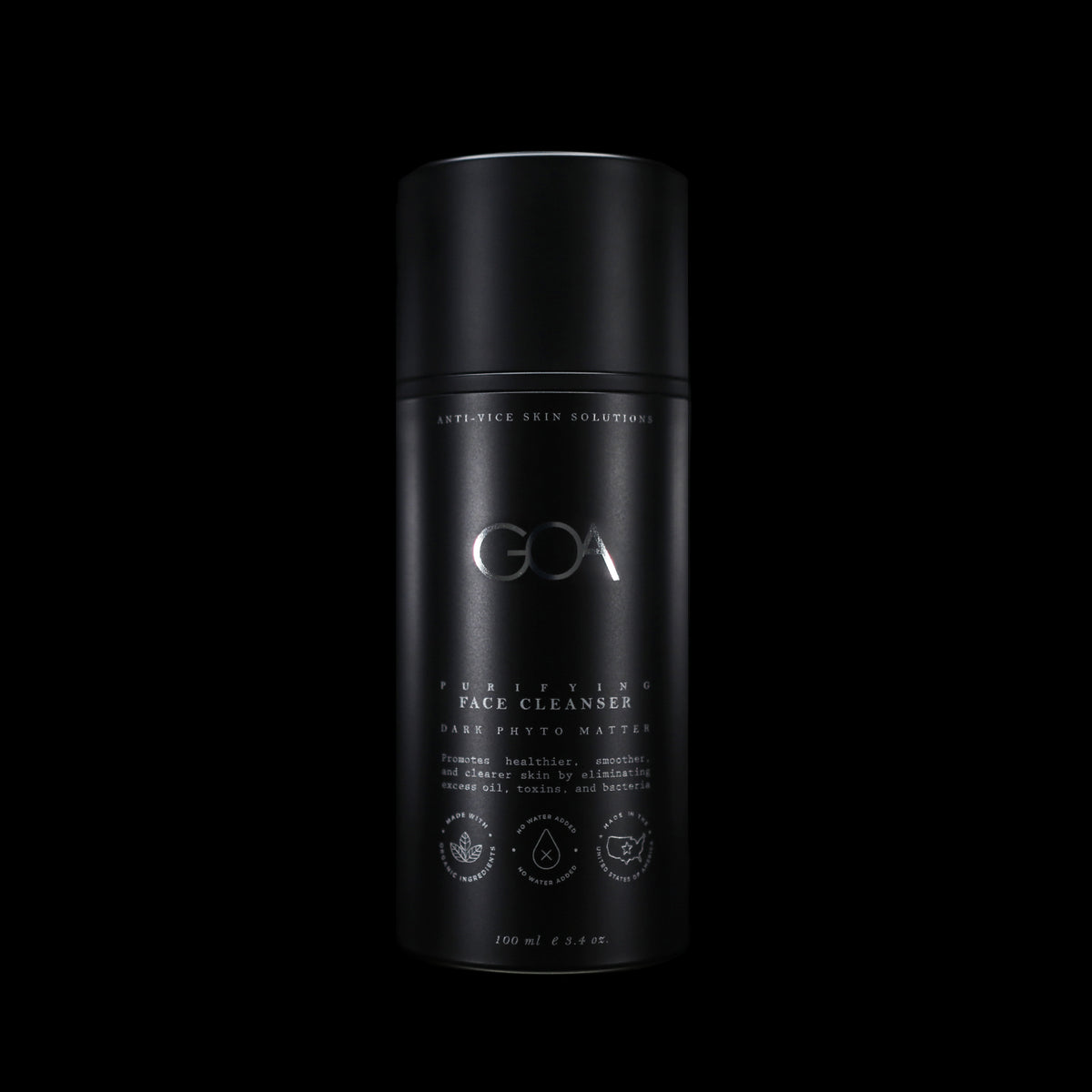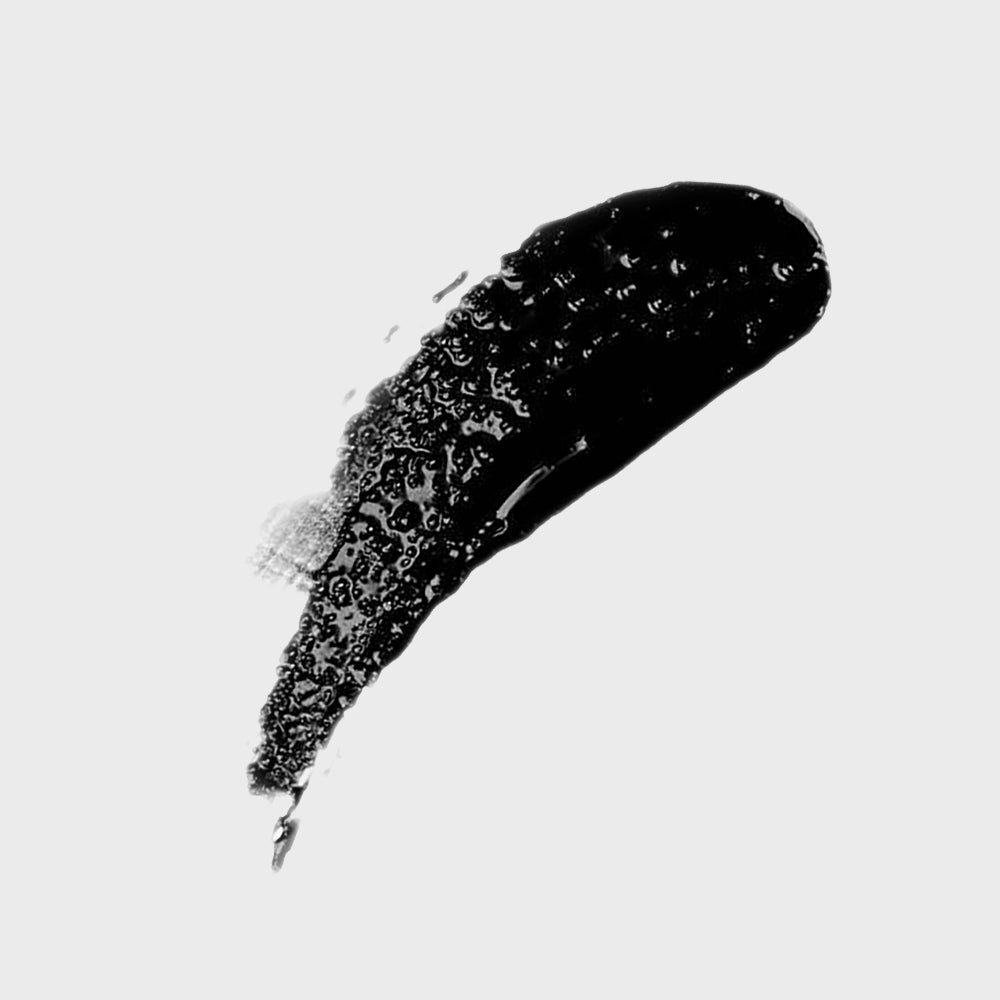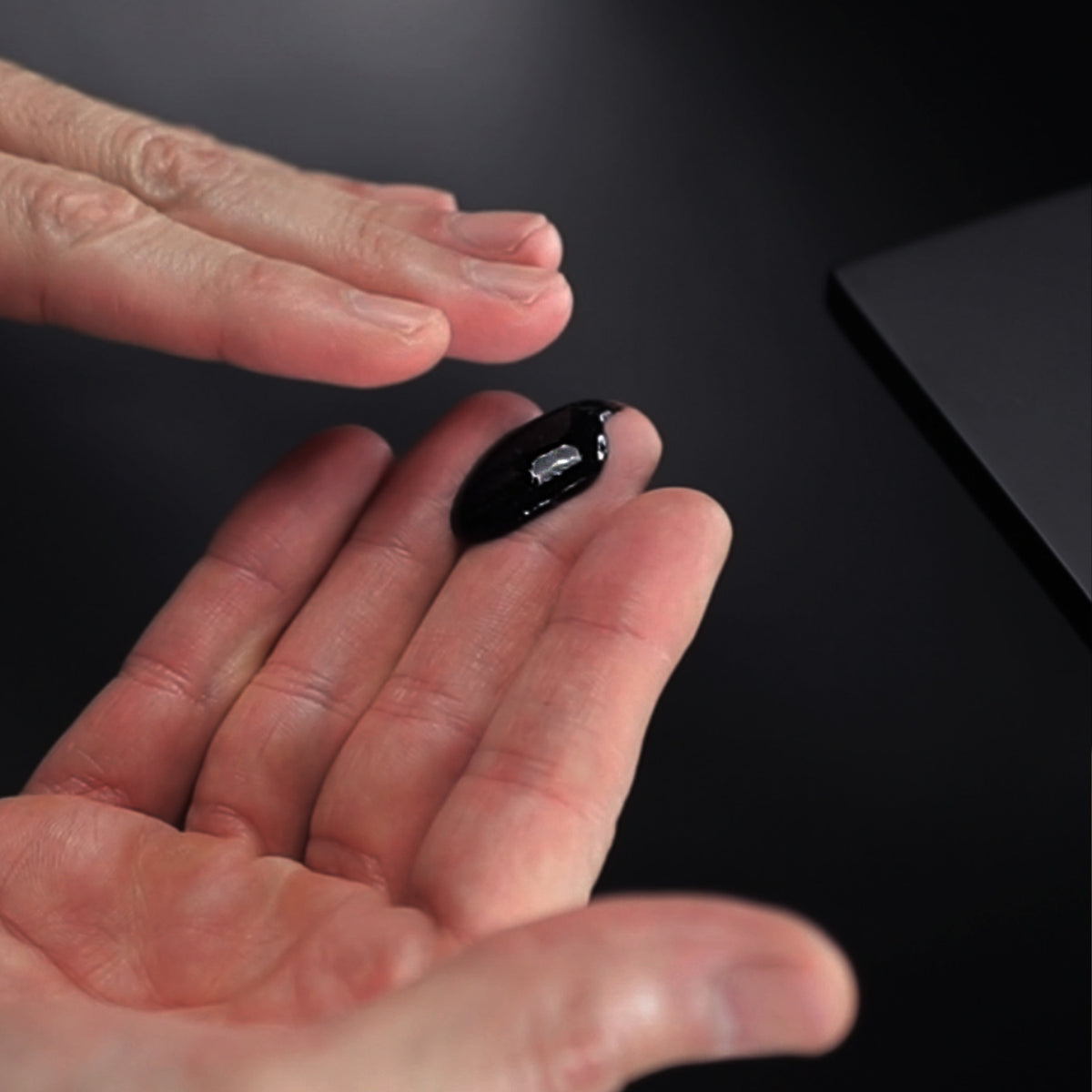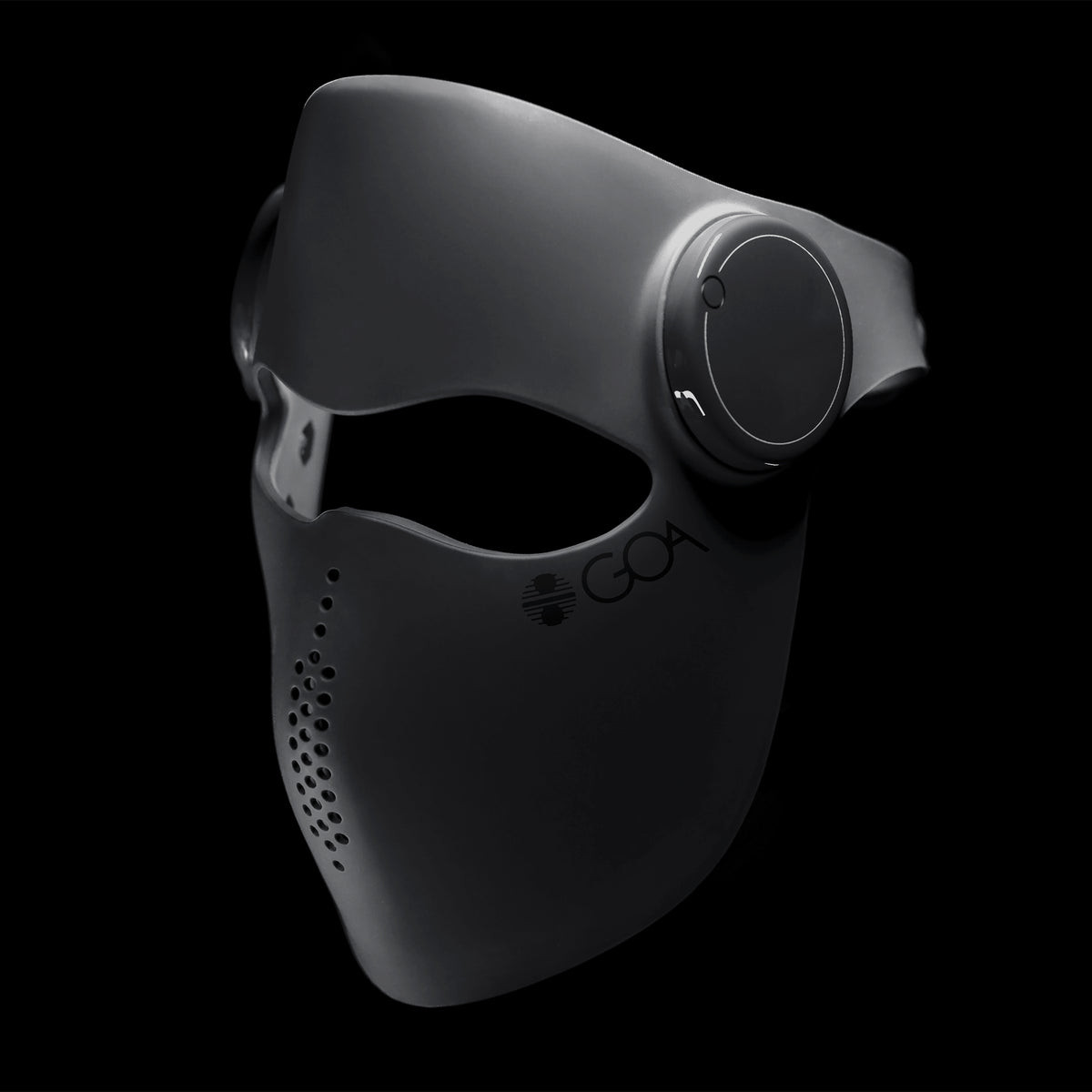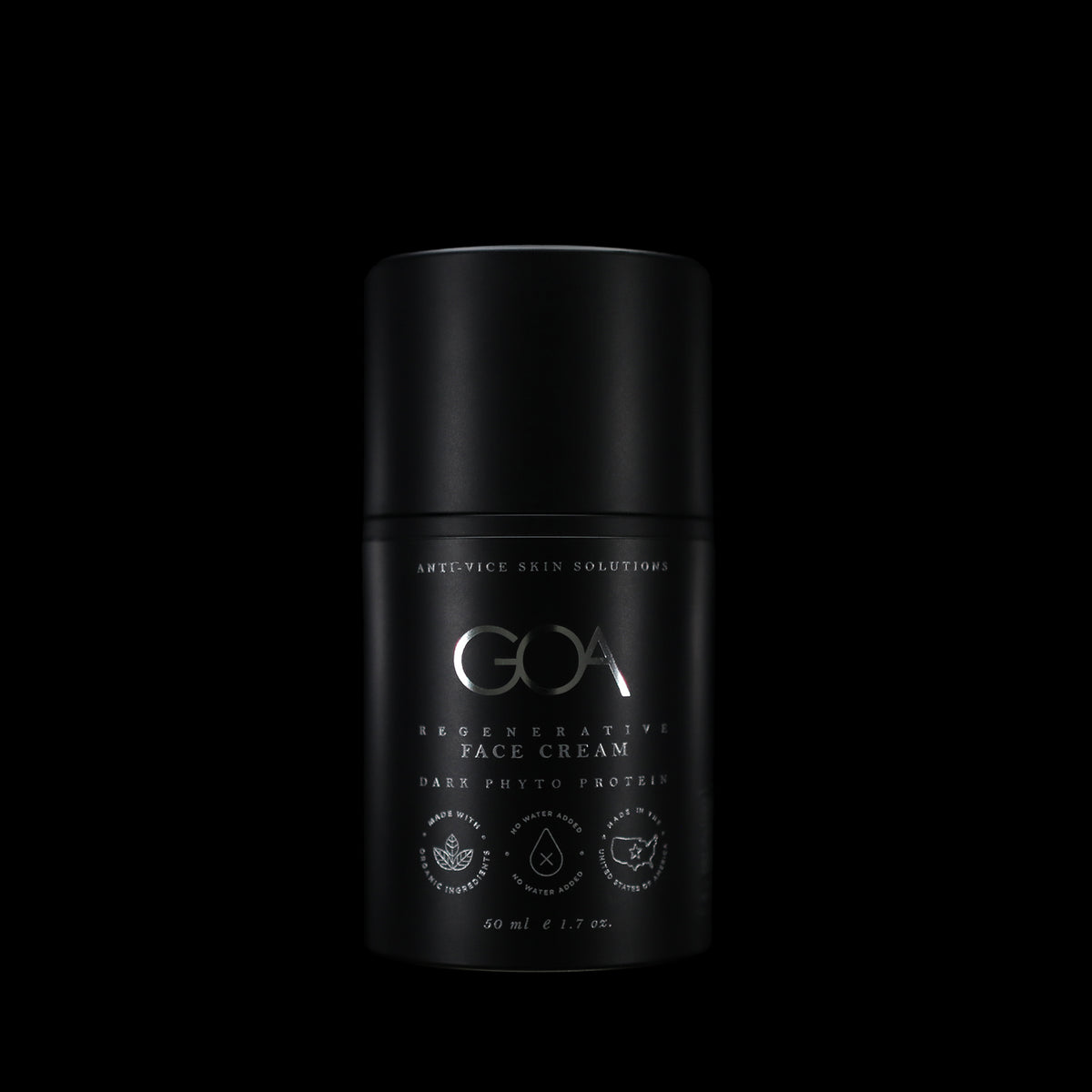A calendar date marks time lived, yet every cell keeps its own record. This record— biological age— shows how tissues perform at the moment. The value moves when DNA breaks, proteins mis-fold, or repair pathways restore order. Laboratories translate these molecular signals into a single number expressed in years. Four established “clocks” handle the translation. A methylation clock reads chemical tags on DNA; a glycan clock inspects sugar branches on antibodies; a steroid clock evaluates hormone pathways; a mitochondrial clock tracks tiny genome variants. Each clock produces two outputs: current biological age and pace-of-aging.
The Anti-Aging Face Set targets longevity with skin-focused peptides, microencapsulated retinol, and barrier-repair actives designed to support visible renewal and molecular skin stability.
Why Track Your Biological Age?
A methylation result reveals how gene-expression programs steer daily energy. A glycan pattern mirrors silent inflammation that touches skin texture and joint comfort. A steroid panel captures endocrine drift that shapes sleep quality and focus. A mitochondrial variant score signals shifts in ATP production that influence workout capacity. Together, these readouts form a dashboard that guides nutrition, training, recovery, and topical care.
Collecting this data also no longer requires trips to the hospital; a venous draw at a longevity clinic covers full panels, at-home kits now accept cheek swabs, finger-stick cards, or dried-blood spots. You ship them back to CLIA-certified facilities, and voila! Encrypted dashboards return in two to three weeks, listing biological-age years, an aging-speed gauge, and suggestions grounded in peer-reviewed evidence. Nothing in the report counts as a medical diagnosis, yet the numbers provide clear feedback for habit cycles that can be tweaked and optimized.
Recent research confirms that each biological age marker reflects meaningful activity in the body. In a study published in Translational Psychiatry, scientists found that young men with a higher number of mitochondrial DNA changes also showed higher biological age scores. These changes affect how cells create energy, linking mitochondrial function directly to how the body is aging on a cellular level.
A separate team of researchers, writing in Science Advances, built a blood-based test that uses 22 hormone markers to estimate biological age. The test uses a small blood sample and a computer model to return a single number. The model draws on hormone pathways related to stress, daily recovery, and endocrine balance.
Skin-related studies also provide evidence. Researchers have mapped how certain patterns in skin cells shift over time. These patterns are shaped by exposure to light, poor sleep, and internal strain. They affect the way skin repairs itself and how well the surface barrier holds together. These visible and invisible changes match what is measured in biological age testing.
In another area of research, scientists have developed tools to track sugar structures on immune system proteins. These sugar structures—called glycans—change with inflammation, immune strain, and stress signals in the body. A test called GlycanAge measures these structures to provide another view of biological age.
A long-term clinical study published in Nature tracked adults who followed a consistent daily plan that included vitamin D, omega-3 supplements, and regular movement. Over the course of three years, their biological age shifted in response to the routine. This shows that biological age is not fixed, and the clocks used to track it can respond to how the body is treated.
If you want to start applying this in a real way, the process follows a simple four-part cycle:
-
Take a biological age test to establish a baseline. Several at-home kits and clinics offer testing options that cover DNA methylation, glycan patterns, hormone markers, or mitochondrial data.
-
Choose one area of focus—such as improving sleep, resistance training, consistent nutrition, or better stress recovery—and follow it for 90 days without adding other variables.
-
Retest after 90 days and track your own signs during that period: how alert you feel in the morning, how your skin feels after washing, how you perform during training, or how well you recover.
-
Make small changes, then begin a new cycle with the next habit focus.
Each test gives you a clear number and a rate of aging. These numbers are not meant to diagnose disease. Instead, they offer a way to measure how the body is responding to what you’re doing. Biological age tracking makes it easier to notice what’s working and what’s not. The full article below goes into each marker in detail, explains how each test works, and shares the latest clinical research behind them—so you can move forward with precision.
How Biological Age Shapes Energy, Skin, and Longevity
(The Deeper Science)
Calendar Age and Biological Age
Chronological age advances at a fixed pace, yet molecular wear varies across individuals. Researchers model that variability with clocks built from reproducible biochemical patterns. Methylation clocks scan hundreds of thousands of CpG sites; glycan clocks evaluate antibody sugar profiles; steroid clocks interpret endocrine flux; mitochondrial clocks examine variant density in the 16.6-kb mitochondrial genome.
Molecular Clocks
DNA Methylation
The TruAge panel measures 370 k CpG loci in venous blood and generates a biological-age figure plus an aging-velocity index. Training datasets link these outputs to morbidity endpoints.
IgG Glycans
Genos Laboratory isolates N-glycans from dried blood, quantifies them by liquid chromatography, and feeds the pattern into an age algorithm. Absolute-quantification work describes calibration curves for sixteen key structures. A controlled trial in European men demonstrates longitudinal glycan shifts under testosterone or metformin protocols.
Steroid Pathways
A deep-learning model published in Science Advances combines twenty-two serum steroids—pregnenolone derivatives, cortisol pathway intermediates, androgen metabolites—into a single age prediction with ± three-year error. Implementation now appears in finger-stick pilot kits. Industry press notes full CLIA compliance for U.S. distribution.
Mitochondrial Variant Score
Translational Psychiatry reports that variant-burden scores in mitochondrial genomes align with biological-age outputs in healthy young men. Variant mapping covers NADH dehydrogenase subunits, cytochrome b, and ATP synthase genes.
Energy Signals
ATP synthesis capacity links directly to variant score data. When oxidative phosphorylation genes carry dense mutations, clocks place biological age above chronological expectation. Lifestyle programs that target mitochondrial biogenesis—zone-two cardio, creatine intake, sleep regularity—enter trial pipelines, yet randomised data remain under review.
Steroid pathways add another layer. Dehydroepiandrosterone metabolites trail cortisol dynamics in shift-work scenarios, and the neural clock reflects that shift. Finger-stick retests at ninety-day intervals help users map endocrine stability across training blocks.
Skin Integrity Signals
Skin forms a visible gauge. A 2025 review synthesises methylation drift, histone-acetylation balance, and miRNA traffic in keratinocyte renewal. Barrier cohesion weakens when methyl-transferase activity shifts, while collagen transcription slows under UV-induced CpG disruption. Molecular-age data therefore guide topical-care strategy: broad-spectrum sunscreen to limit DNA change; retinoid serums to up-regulate procollagen gene sets; LED red-light sessions to stimulate mitochondrial cytochrome c oxidase. Internal link: GOA retinol micro-encapsulation page.
Systemic Longevity Signals
Glycan configurations act as silent witnesses to chronic immune activation. Reports track parallel movement between glycan scores, PhenoAge, and sarcopenia indices. Resistance programmes that prioritise type II fiber recruitment show favourable glycan trajectories at twelve-week checkpoints. Nature data on vitamin D, omega-3, and multicomponent exercise indicate clock shifts across three years, confirming lifestyle leverage.
Testing Routes
Clinic pathway Venous draw covers methylation, glycan, steroid, and mitochondrial panels in one visit.
Home pathway Cheek swab targets methylation; finger-stick card captures steroid and glycan sets; dried-blood spot supplies alternate glycan workflow.
Turn-around windows range from ten to twenty-one days. Dashboards display biological-age years, aging velocity, and segment notes on energy, skin, and immune tone.
Habit Cycle Framework
Baseline, ninety-day intervention, retest, and logbook review form the core loop. Each loop addresses one variable to keep signal clarity intact. Example sequence: bedtime fix, strength programme, omega-3 adoption, mindfulness routine. Biological-age output then ties each variable to concrete cellular change.
Key Points
-
Biological age condenses vast molecular data into an actionable gauge.
-
Four validated clocks—methylation, glycan, steroid, mitochondrial—cover gene regulation, immune chemistry, endocrine tone, and energy production.
-
Sampling now fits ordinary schedules through mail-back kits.
-
Peer-reviewed studies published in 2025 confirm the link between clock values and energy, skin condition, and long-range vitality.
-
A simple baseline-test-retest loop turns abstract longevity goals into trackable milestones.
Peer-reviewed and trusted 2024–2025 sources referenced
Mitochondrial DNA Variants and Their Impact on Epigenetic and Biological Ageing in Young Adulthood — Translational Psychiatry, 2025
Biological Age Prediction Using a Deep-Neural Model Based on Pathways of Steroidogenesis — Science Advances, 2025
Epigenetics in Skin Homeostasis and Ageing — PubMed-indexed review, 2025
Absolute Quantification of Age-Associated Glycans in IgG — bioRxiv pre-print, 2025
Individual and Additive Effects of Vitamin D, Omega-3 and Exercise on Epigenetic Clocks — Nature Aging, 2024 (online 2025 issue)
Omega-3 Supplements Slow Biological Ageing — Nature news & views, 2025
TruDiagnostic™ Biological Age Test (CLIA-certified service overview) — TruDiagnostic, 2025















